
Backtesting Token Metrics AI: Can AI Grades Really Predict Altcoin Breakouts?

To test the accuracy of Token Metrics' proprietary AI signals, we conducted a detailed six-month backtest across three different tokens — Fartcoin, Bittensor ($TAO), and Ethereum. Each represents a unique narrative: memecoins, AI infrastructure, and blue-chip Layer 1s. Our goal? To evaluate how well the AI’s bullish and bearish signals timed market trends and price action.
Fartcoin:
The green and red dots on the following Fartcoin price chart represent the bullish and bearish market signals, respectively. Since Nov 26, 2024, Token Metrics AI has given 4 trading signals for Fartcoin. Let’s analyze each signal separately.

The Fartcoin chart above displays green and red dots that mark bullish and bearish signals from the Token Metrics AI, respectively. Over the last six months — starting November 26, 2024 — our system produced four significant trade signals for Fartcoin. Let’s evaluate them one by one.
The first major signal was bullish on November 26, 2024, when Fartcoin was trading at $0.29. This signal preceded a massive run-up, with the price topping out at $2.49. That’s an astounding 758% gain — all captured within just under two months. It’s one of the most powerful validations of the AI model’s ability to anticipate momentum early.
Following that rally, a bearish signal was triggered on January 26, 2025, just before the market corrected. Fartcoin retraced sharply, plunging 74.76% from the highs. Traders who acted on this bearish alert could have avoided substantial drawdowns — or even profited through short-side exposure.
On March 25, 2025, the AI turned bullish again, as Fartcoin traded near $0.53. Over the next several weeks, the token surged to $1.58, a 198% rally. Again, the AI proved its ability to detect upward momentum early.
Most recently, on June 1, 2025, Token Metrics AI flipped bearish once again. The current Trader Grade of 24.34 reinforces this view. For now, the system warns of weakness in the memecoin market — a trend that appears to be playing out in real-time.
Across all four trades, the AI captured both the explosive upside and protected traders from steep corrections — a rare feat in the volatile world of meme tokens.

Bittensor
Next, we examine Bittensor, the native asset of the decentralized AI Layer 1 network. Over the last six months, Token Metrics AI produced five key signals — and the results were a mixed bag but still largely insightful.
In December 2024, the AI turned bearish around $510, which preceded a sharp decline to $314 by February — a 38.4% drawdown. This alert helped traders sidestep a brutal correction during a high-volatility period.
On February 21, 2025, the system flipped bullish, but this trade didn't play out as expected. The price dropped 25.4% after the signal. Interestingly, the AI reversed again with a bearish signal just five days later, showing how fast sentiment and momentum can shift in emerging narratives like AI tokens.
The third signal marked a solid win: Bittensor dropped from $327 to $182.9 following the bearish call — another 44% drop captured in advance.
In April 2025, momentum returned. The AI issued a bullish alert on April 19, with TAO at $281. By the end of May, the token had rallied to over $474, resulting in a 68.6% gain — one of the best performing bullish signals in the dataset.
On June 4, the latest red dot (bearish) appeared. The model anticipates another downward move — time will tell if it materializes, but the track record suggests caution is warranted.

Ethereum
Finally, we analyze the AI’s predictive power for Ethereum, the second-largest crypto by market cap. Over the six-month window, Token Metrics AI made three major calls — and each one captured critical pivots in ETH’s price.
On November 7, 2024, a green dot (bullish) appeared when ETH was priced at $2,880. The price then surged to $4,030 in less than 40 days, marking a 40% gain. For ETH, such a move is substantial and was well-timed.
By December 24, the AI flipped bearish with ETH trading at $3,490. This signal was perhaps the most important, as it came ahead of a major downturn. ETH eventually bottomed out near $1,540 in April 2025, avoiding a 55.8% drawdown for those who acted on the signal.
In May 2025, the AI signaled another bullish trend with ETH around $1,850. Since then, the asset rallied to $2,800, creating a 51% gain.
These three trades — two bullish and one bearish — show the AI’s potential in navigating large-cap assets during both hype cycles and corrections.Backtesting Token Metrics AI across memecoins, AI narratives, and Ethereum shows consistent results: early identification of breakouts, timely exit signals, and minimized risk exposure. While no model is perfect, the six-month history reveals a tool capable of delivering real value — especially when used alongside sound risk management.
Whether you’re a trader looking to time the next big altcoin rally or an investor managing downside in turbulent markets, Token Metrics AI signals — available via the fastest crypto API — offer a powerful edge.

Backtesting Token Metrics AI across memecoins, AI narratives, and Ethereum shows consistent results: early identification of breakouts, timely exit signals, and minimized risk exposure. While no model is perfect, the six-month history reveals a tool capable of delivering real value — especially when used alongside sound risk management.
Whether you’re a trader looking to time the next big altcoin rally or an investor managing downside in turbulent markets, Token Metrics AI signals — available via the fastest crypto API — offer a powerful edge.

.svg)

Create Your Free Token Metrics Account

.png)




%201.svg)
%201.svg)


%201.svg)



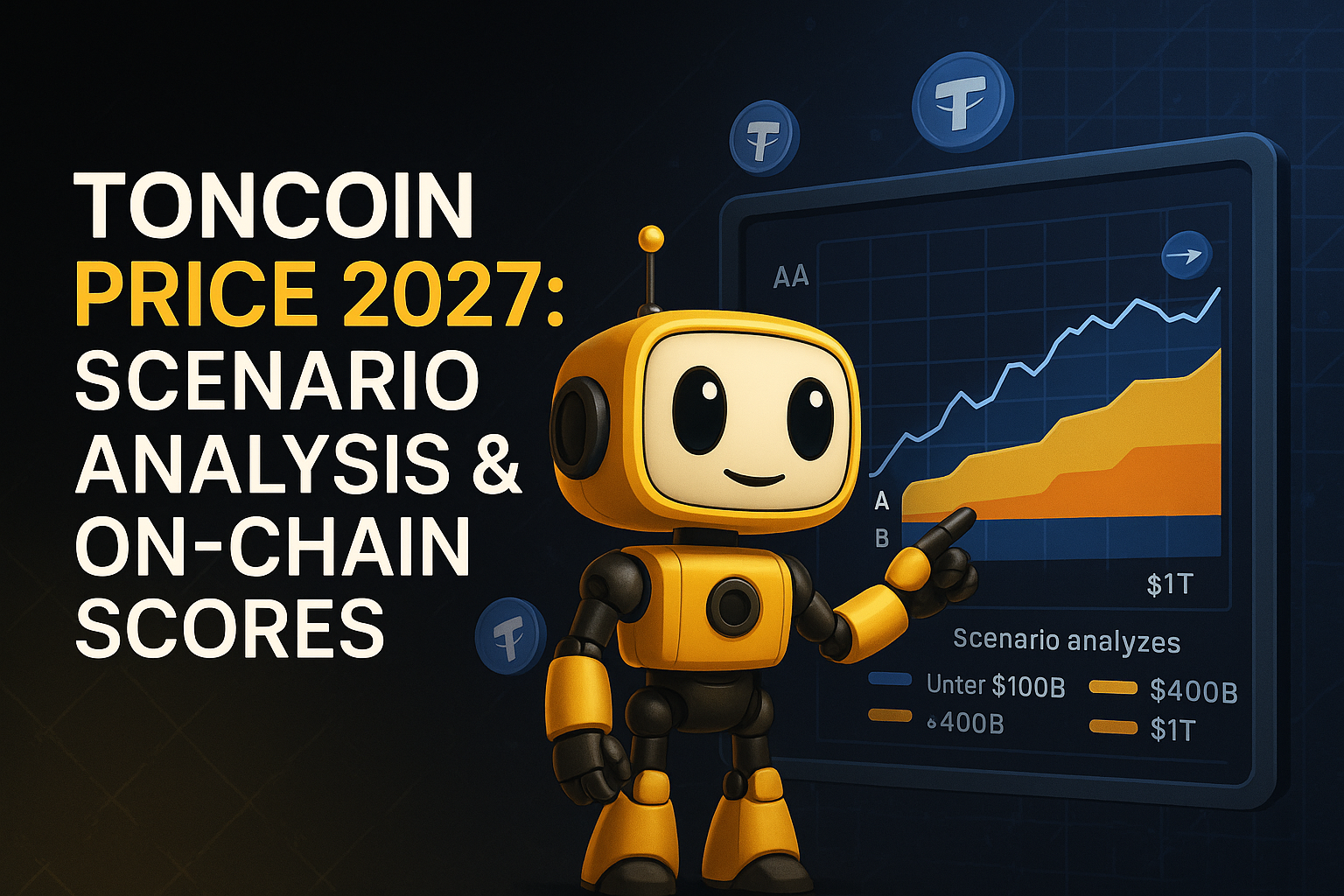
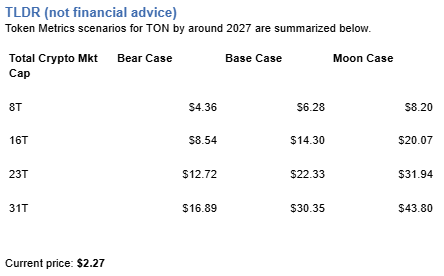
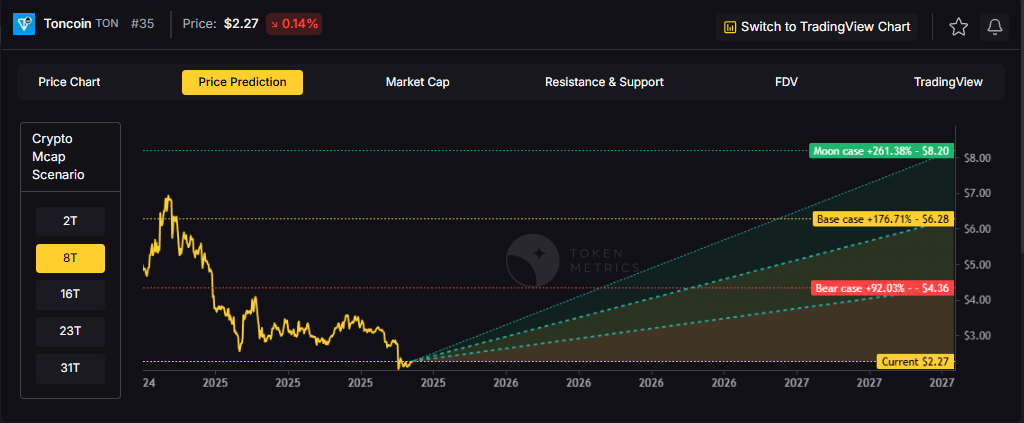
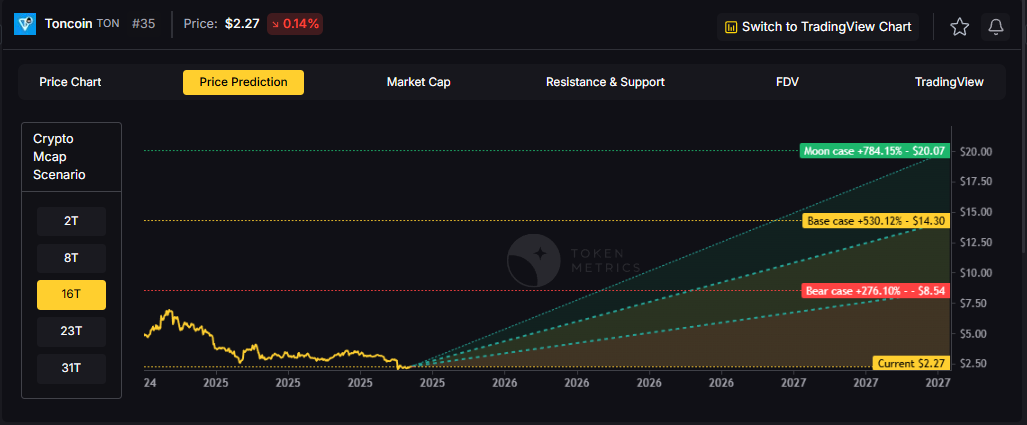






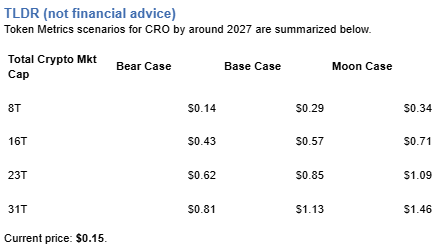

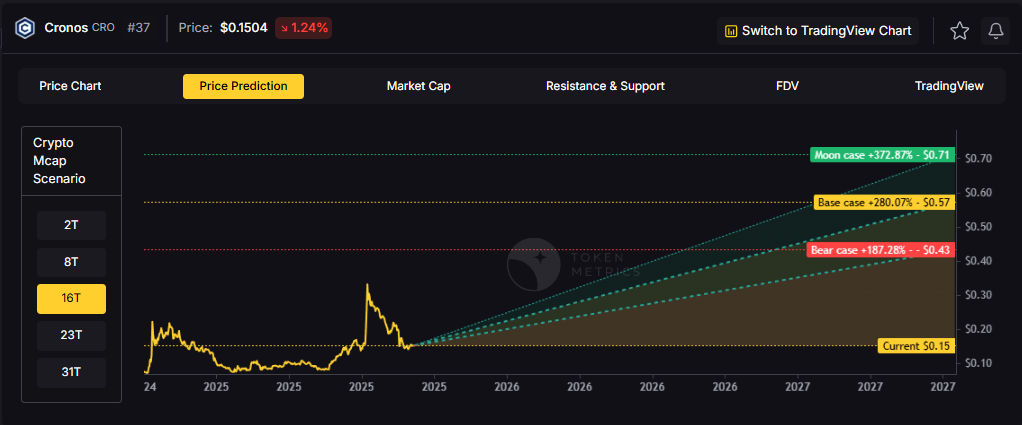

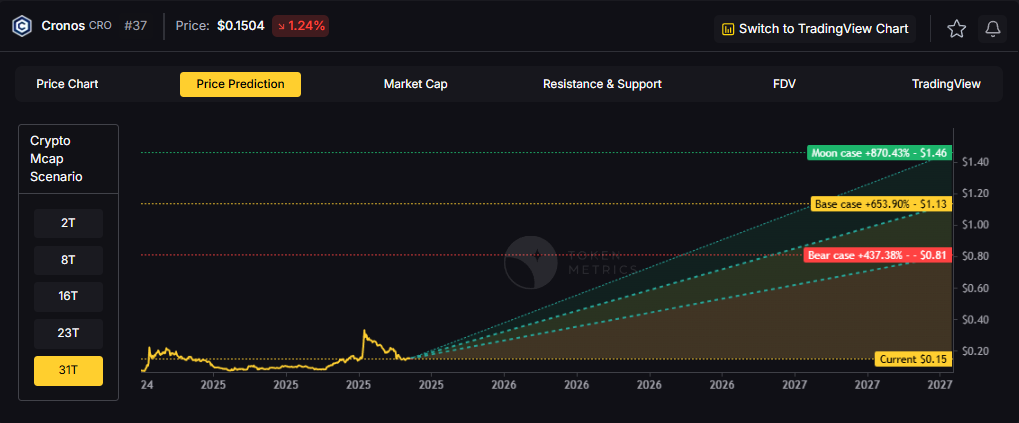

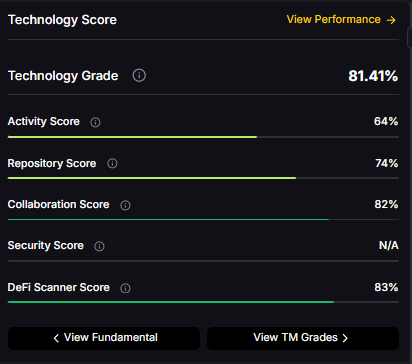
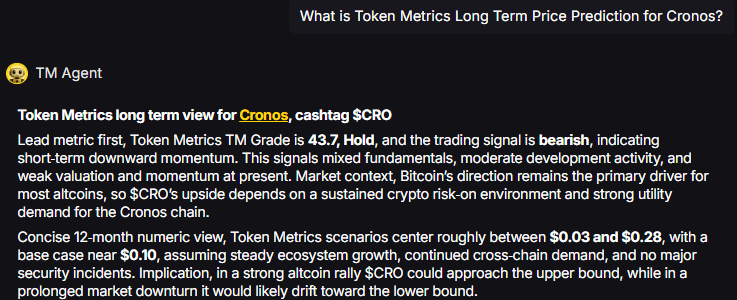

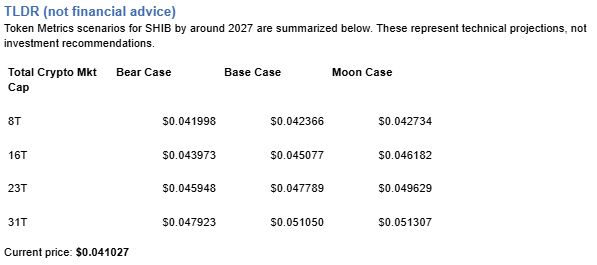
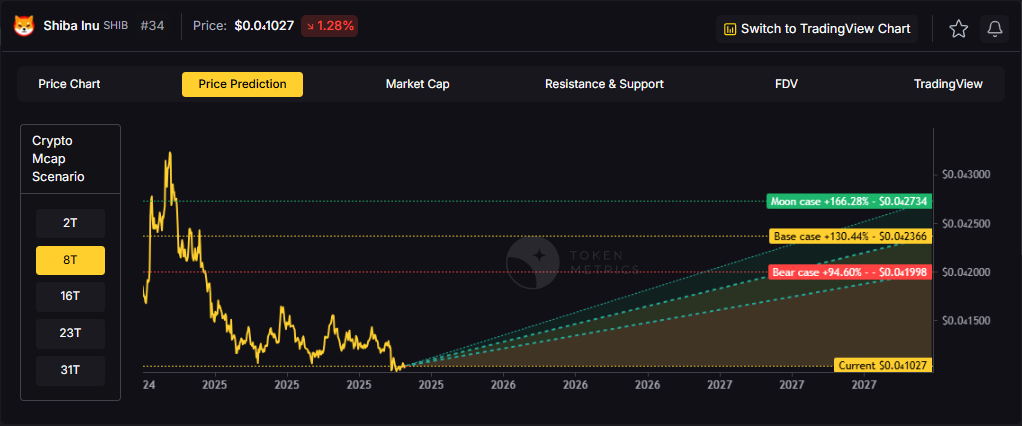

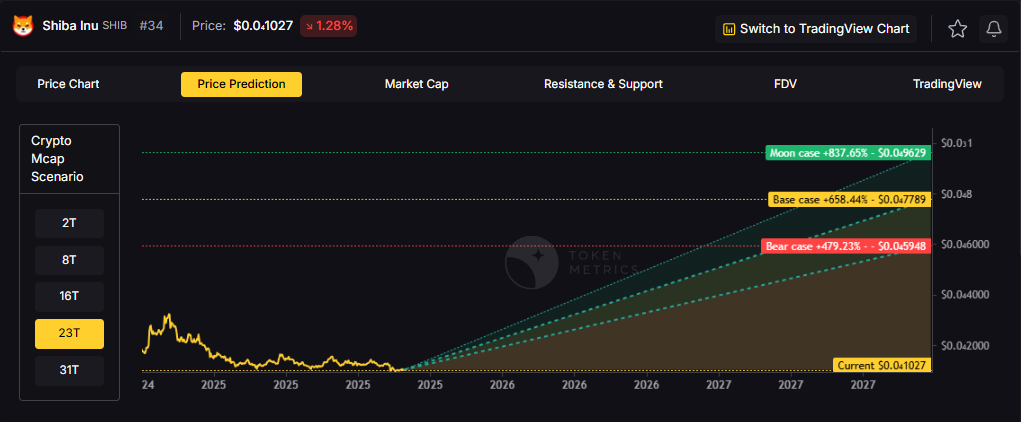
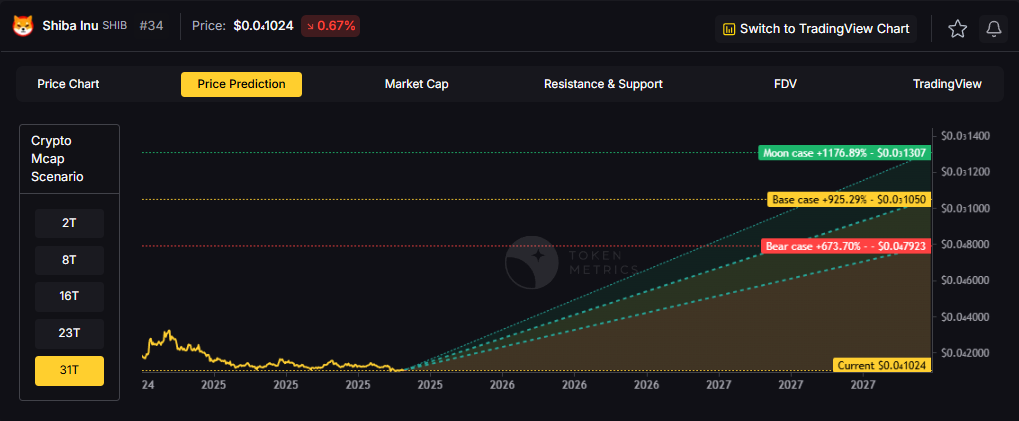




.svg)




.png)